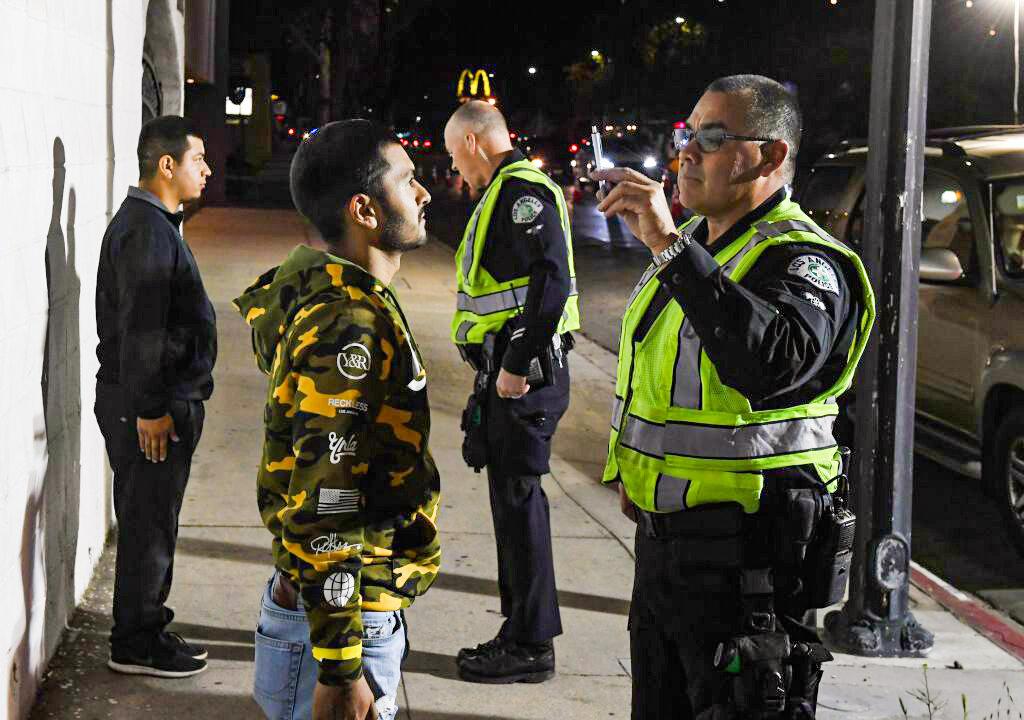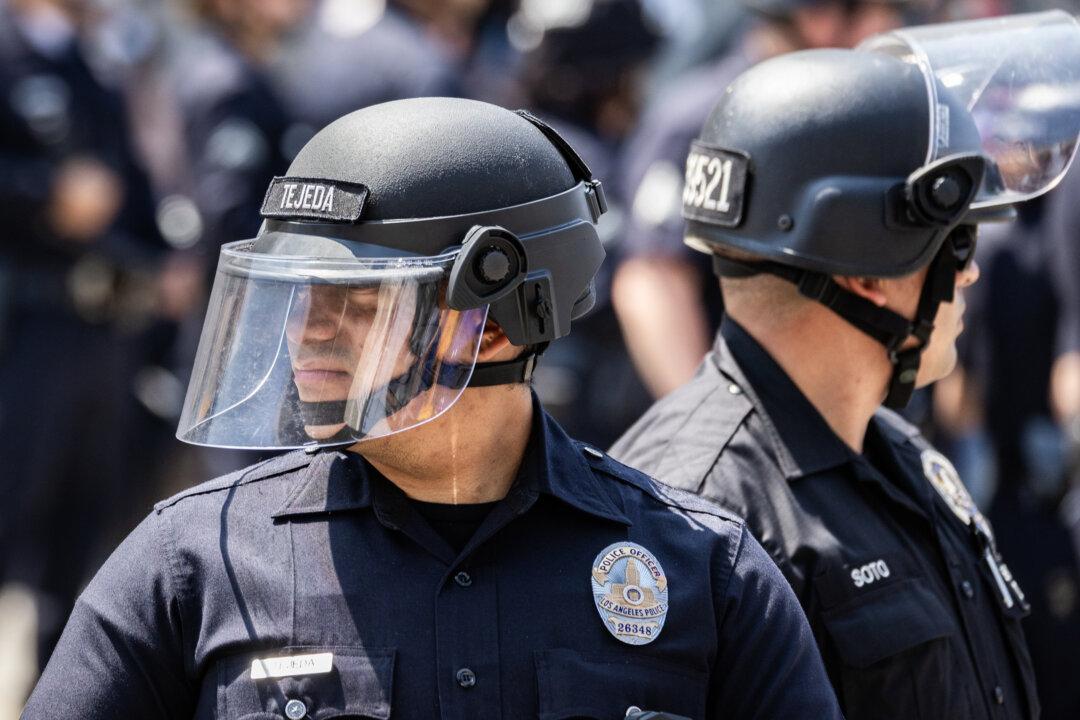The use of field sobriety tests to determine if a driver is under the influence of THC may be effective in certain situations, but they may not be enough to determine impairment on their own, a report from the University of California-San Diego researchers revealed on August 2.
Cannabis and its most potent psychoactive component, tetrahydrocannabinol—or THC—is known to impair reaction time, decision-making, coordination, and perception. In the last three years, California has seen a 62 percent increase in the number of fatal crashes involving drug-related impairment, university researchers said.





